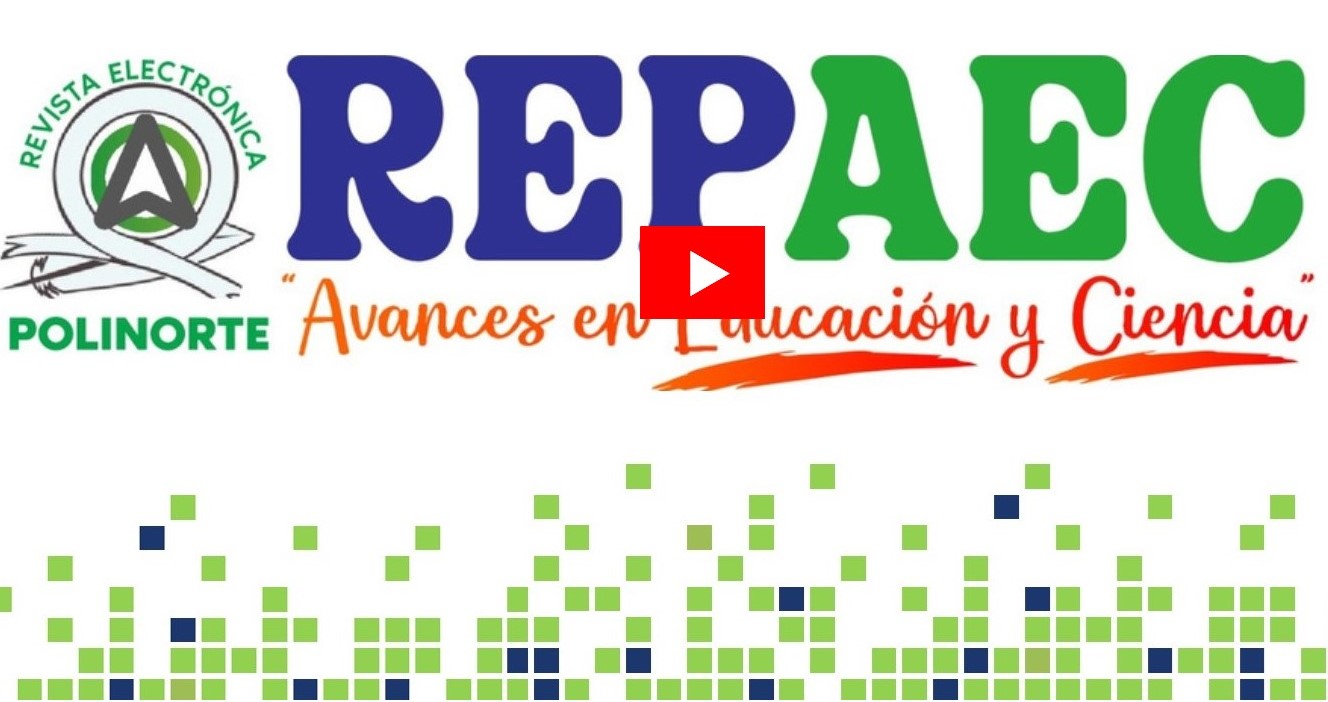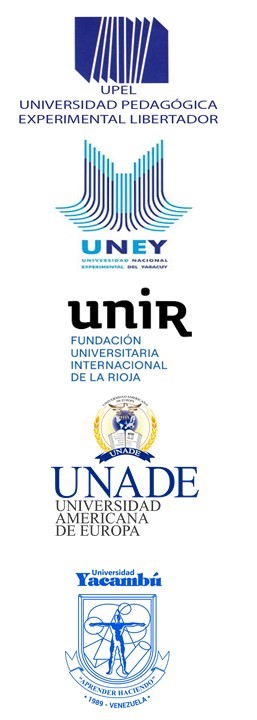About the Journal
The Electronic Journal Polinorte: Advances in Education and Science (REPAEC) is an organ created to disseminate original and unpublished multidisciplinary works in Educational Research, whose scientific publications are double-blind refereed. It is published every six months, with January, May and September editions. It has adopted the continuous model to speed up the editorial process, allowing the immediate publication of the works once the evaluation has been passed.
MISSION
REPAEC's mission is to provide a space for the publication of high-quality research by established and new researchers, both nationally and internationally. It disseminates ideas and findings that contribute to improving the quality of education and science, promoting a vision of the future. The journal aims to encourage research in undergraduate and postgraduate areas, thus promoting the advancement of knowledge in the field of education and science.
CHARACTERISTICS OF REPAEC
It is an organ of dissemination of original and unpublished works from educational research and science. It is a refereed journal, its publication is biannual/continuous (and with extraordinary issues) whose articles are evaluated through a double-blind system, which allows objectivity and transparency in the selection of the articles published in each of its issues.
It comprises an Editorial Team coordinated by the editor, a national and international academic scientific committee, and the body of advisors and evaluators of each issue.
STRUCTURE OF THE RGP
General articles: They will refer to current problems related to research in its educational and scientific aspects. Elements related to research in an area that are not based on original results of the author.
Original Research: Under this heading, the papers should contemplate criteria such as pertinent research design, theoretical and methodological congruence, rigor in the handling of information and methods, veracity of findings or results, discussion of results, conclusions, limitations of the study and, if applicable, prospective.
Review articles: This type of contribution should contain an introduction at the background level of the topic addressed and theorists, the problem and contextualization briefly explained. Previous research should focus on the findings (not the study summary), theorizing, purpose and/or justification of the research. Regarding the method, it should reflect how it was done: type of research used to elaborate the systematic review through a protocol: QUORUM (Quality of Reporting of Meta-analysis) guideline. The prism statement or searched by key words, in search engines, combined words, Boolean operators in the selection of the study units. What were the exclusion and inclusion criteria, how many documents were analyzed, what were they (you can make a graph, chart or table). What were the analysis criteria used for the interpretation of the findings. In the results and discussion, the interpretation and analysis must be made following the criteria mentioned in the method. It is a confrontation of the results of different originals, critical argumentation of the results, relating it to the theories and previous research that were placed in the introduction/theoretical references. In addition, it must include the conclusions, limitations of the study and, if necessary, prospective.
Essays: This document presents the analysis, reflections or discussions proposed by the author on a particular topic or problem. The recommended structure for this type of document is: Introduction, Development of the topic: Proposition, Arguments for discussion, Synthesis and final reflections. References or literature cited.
It is important to remember that the text should not include titles that mark its structure; instead, the reader should be able to identify, through the narrative development, where the writer is in the structure.
Research Advances: Researchers may submit partial research results that they consider relevant for publication. Papers should be structured as follows: title, author, brief description of the research in which the results are framed and their relevance.













